With spring just around the corner, I’d like to talk to you about the leaves of a plant that is fairly common in our meadows, but whose medicinal properties are little known to the general public. We’re talking about the leaves of taraxacum officinalis, better known as ‘ dandelion ‘. In this article, discover the many benefits of dandelion leaves for your health and well-being. Rich in vitamins, minerals and antioxidants, dandelion leaves are an often underestimated ingredient in cooking. They can help improve digestion, boost the immune system and reduce inflammation. In this article, we’ll explore the uses and health benefits of dandelion leaves. Learn how to easily add them to your diet for maximum benefits.
Dandelion
Dandelion, or Taraxacum officinale Weber, is a versatile herbaceous perennial belonging to the Asteraceae family. It is widespread in Europe, Siberia, Japan, northern Africa and northern America. The dandelion is a cosmopolitan plant.
What are its botanical attributes?
Dandelion, also known by its botanical name Taraxacum officinale Weber, is a versatile plant that thrives in a variety of habitats, particularly in meadows, damp fields and along paths throughout Europe.
Dandelion is a herbaceous perennial that flowers characteristically between April and September. It has a mild odour and a slightly bitter flavour. The leaves have the strongest flavour. The dandelion root, which can grow up to 50 cm long, is dark brown to black. It has longitudinal wrinkles. The upper part of the root shows signs of secondary roots and leaf stalks. This taproot incorporates a short rhizome. It is characterised by a fairly thick, greyish-white cortical part encircled by a dark cambial zone. In the centre is a lemon-yellow, porous, non-radiated xylem.
The dandelion’s hollow stem supports flat yellow flower heads, which form its ray florets. Its leaves, arranged in a rosette, narrow into a stalk. They are lanceolate, with deep, uneven triangular lobes. Each flower head is solitary and yellow, perched on a fistulous scape. Hairs surround the calyx, bordering the corolla. The fruits, in the form of achenes, are topped with a white pappus and their bristles make them easy to disperse by the wind.
A distinctive feature of the dandelion is the presence of latex in all parts of the plant. Therapeutically, the root, harvested in February or autumn, is particularly interesting, although the leaves are more commonly used because of their more pronounced diuretic effect.
What is its chemical composition?
Dandelion is a plant whose various parts are used in phytotherapy for their beneficial properties. The main parts used are the root, valued for its cholagogue properties, and the leaves, appreciated for their choleretic properties.
In terms of its chemical composition, dandelion contains several active ingredients with varied effects. These include taraxin, terpenes, flavonoids such as luteoloside, cosmosioside and luteolin-rutinoside, and phytosterols. Dandelion also contains sterols and phenolic acids.
In more detail, its composition includes :
- Sugars: Dandelion contains fructose, mainly in spring, and inulin, up to 40% in autumn.
- Sesquiterpene lactones: These bitter compounds include eudesmanolide (tetrahydroridentine B), germacranolide (taraxinic acid glucoside, ainslioside, guaianolides).
- Triterpenes: These include taraxasterol (α-lactucerol), ψ-taraxasterol (isolactucerol), arnidiol and faradiol.
- Sterols: Dandelion contains sitosterol and stigmasterol.
- Phenolic compounds: These include taraxacoside and γ-butyrolactone glucoside.
- Flavonoids: Dandelion contains luteolin and luteolin glucosides.
- Phenolic acids: Includes caffeic, cichoric and chlorogenic acids.
- Coumarins: The coumarins present are scopoletol, exculetol and cichorein.
- Potassium salts: Dandelion contains around 4.5% potassium salts in the plant as a whole, while the root contains around 2.45%.
- Mucilage: The plant contains around 1.1% mucilage.
- Carotenoids: Finally, dandelion contains carotenoids.
This rich and varied composition makes dandelion a plant of interest in phytotherapy, offering a diverse range of compounds with potentially beneficial health properties.
What is its history?
Dandelion’s origins date back to Greek antiquity, when its benefits were first mentioned. However, it was not until the 16th century that detailed documents on its medicinal use were found. By this time, doctors were already recognising the virtues of dandelion for treating various health problems, including kidney ailments, gall bladder problems, fever, water retention, rheumatism and skin problems.
Ancient China also embraced the curative properties of dandelion, going so far as to consider it a valuable remedy for relieving patients suffering from cancer or hepatitis.
The name “dandelion” originates from its diuretic properties, literally “bedwetting”, in reference to its urinary action. This characteristic is shared by certain species of the Taraxacum genus, particularly those in the Ruderalia section.
In France, dandelion cultivation dates back to the 19th century, particularly in the Île-de-France region, with a significant boom in Montmagny in 1857. In the early 20th century, the English even created a coffee substitute from dandelion. The young leaves of the dandelion were traditionally eaten in salads or blanched like spinach, while the flowers were used to make a wine reputed to fortify.
The dandelion is associated with vow rituals, where blowing on its needles is a symbolic gesture. A famous image of a woman blowing on dandelion needles, created by the painter Eugène Grasset, has become emblematic of the Larousse dictionary, symbolising “the spread of knowledge carried by the wind” In the French Republican calendar, a day was dedicated to the dandelion on the 26th day of Ventôse.
Outside Europe, Arab physicians mentioned the medicinal virtues of the dandelion as early as 1000 AD, and several Amerindian tribes used it to treat various ailments.
Can dandelion leaves be picked?
Harvesting dandelion leaves is simple and can be done at any time of year. Dandelion leaves can be picked by hand by detaching them from the stem, or with gardening scissors. The leaves can be used fresh or dried for later use. We recommend choosing the most tender and youngest dandelion leaves for their delicate flavour.
Dandelion leaves can be harvested in areas where the use of pesticides and herbicides is avoided, to guarantee their purity. It is also advisable to harvest them early in the morning when the dew is still present, to prevent them drying out and losing their flavour. In short, harvesting dandelion leaves is simple and can be done at any time of year. All you need to do is choose the most tender leaves and harvest them in a safe place free from harmful chemicals.
Dandelion contains high levels of potassium and vitamin C. It is therefore excellent for your health. However, to avoid any risk of toxicity, avoid picking your dandelion leaves from roadsides or fields treated with fertilisers.
Confusion and toxicity
Care should be taken when eating dandelion to avoid confusion and toxicity. There are reports that dandelion milk caused the death of two children in 1927. It is therefore advisable to be cautious and avoid using this plant indiscriminately.
Dandelion, like watercress, can also be contaminated with liver fluke. To avoid health risks, it should not be eaten raw near grazing land.
It should be noted that rootwort, a species similar to dandelion, is widespread in certain areas. However, there is no danger in confusing the two, as both plants are edible.
Other plants that can be confused include worm and prickly lettuce, perennial sow-thistle and annual sow-thistle, picridum and lion’s-foot. Fortunately, most of these plants belong to the Asteraceae family, have a white latex and yellow ray florets, and are generally edible, although they can sometimes have a bitter taste.
However, it should be noted that this plant is toxic to horses if consumed in excess, which can lead to spasms or hyperflexion of the limbs. Precautions should therefore be taken when horses are near areas where dandelion or rooted porcini grow.
Dandelion in phytotherapy
The pharmacopoeia (11th edition) lists dandelion as a traditional medicinal plant in List A. It is not sold under the pharmaceutical monopoly, allowing non-pharmacists to market it, mainly in the form of leaves and aerial parts.
Properties of dandelion leaves
Dandelion leaves have aperitive properties for certain minor digestive disorders. They are diuretic, digestive and depurative. They cleanse the whole body by eliminating accumulated toxins. But that’s not all: this plant is also thought to have an anti-adiposis action (by inhibiting pancreatic lipase), as well as promising properties (in the case of aqueous dandelion extract) that inhibit HIV-1 replication and reverse transcriptase activity.
Dandelion is a plant with a variety of traditional medicinal uses. According to the Agency’s workbooks (1998), its main applications are as follows:
- Facilitates urinary and digestive elimination functions.
- Choleretic and cholagogue effect.
- Promotes renal elimination of water.
Its main indications include its use as a diuretic (salidiuretic), choleretic and cholagogue, particularly in the treatment of cholecystopathy. Dandelion is useful for a number of ailments. It is used in cases of inappetence, acts as a depurative and mild laxative, and treats gout and rheumatism. It is effective against eczema and dyspepsia, and contributes to liver and biliary health, also treating jaundice.
Dandelion has a number of health benefits. It stimulates and soothes the liver, treats gall bladder problems, combats liver congestion, improves digestion, prevents kidney problems and acts as a depurative. Dandelion flowers also have depurative properties. They help with constipation, difficult digestion, excess cholesterol and inappetence.
Applied externally, dandelion is effective against a variety of skin problems. It helps treat dermatitis, corns, leeks and warts.
Overall, dandelion is a plant with many medicinal uses. It is traditionally used both internally and externally to treat a wide variety of health problems.
Precautions for use
Dandelion is a plant with contraindications and precautions for use that must be taken into account.
It has some contraindications:
- Allergy/hypersensitivity to dandelion (Asteraceae).
- Occlusion of the bile ducts.
- Peptic ulcers (due to bitter constituents).
- Gastro-oesophageal reflux (due to bitter constituents).
- Renal colic in crisis.
Due to the lack of data, precautions should be taken with pregnant and breast-feeding women and children under the age of 12.
Undesirable effects and toxicity may manifest themselves in the form of gastric pain, acidity, allergic reactions (often due to pollen) and contact dermatitis, especially when in contact with dandelion latex.
Dandelion may interact with certain medicines:
- ACE inhibitors (angiotensin-converting enzyme inhibitors).
- Sartans
- Diuretics.
- Digoxin
- Oral anticoagulants (AAR).
- Corticosteroids.
- Hypokalaemic drugs.
- Diuretic plants, potentiating undesirable effects such as dehydration, renal failure, hypokalaemia and heart rhythm disorders.
Dandelion is not recommended for people with heart or kidney disease, due to the risk of hypokalaemia. Discontinuous courses of treatment should be preferred. In the presence of gallstones or obstruction of the bile ducts, it is essential to consult a health professional before consuming dandelion.
People allergic to plants in the Asteraceae family (such as daisies) may be sensitive to dandelion, although allergy to the pollens of these plants does not automatically lead to allergy to their other parts (leaves, roots). However, skin sensitivity may occur on contact with herbal teas made from these plants.
Finally, although undesirable effects of dandelion such as skin allergies, heartburn and nausea are rare and isolated, you should remain vigilant when using it.
Usual pharmacological formulations of dandelion leaves
Dandelion facilitates the elimination of gallstones and kidney stones, making it a wise choice for a spring cure. Here are some recommendations for dandelion leaf preparations:
- Infusion: Use 4 to 10 grams of leaves in 150 ml of water, up to three times a day.
- Dandelion leaf tincture: Take 2 to 5 ml three times a day.
- Liquid extract or juice: Take the equivalent of one or two tablespoons three times a day.
To store dandelion, make sure you keep it away from light and moisture. Dandelion-based preparations can be taken in courses of treatment lasting from 4 to 6 weeks. Here are some recommended dosages and forms of use:
- Decoction: Boil 4 to 10 g of root, then strain after 10 minutes. Take 2 cups a day.
- Glycerol extracts of fresh plants: Take 1 teaspoon in the morning, at midday and in the evening before meals.
- Fluid extracts: Take 20 drops in the morning, at midday and in the evening before meals.
- Powder: Take 2 capsules in the morning and at midday, before meals.
What does the research say?
In-depth research is focusing on the properties of dandelion. The Commission E, a German scientific organisation, and the European Scientific Cooperative on Phytotherapy (ESCOP) have given their recognition to the virtues of this plant. Experiments are currently underway to demonstrate the potential anti-cancer, anti-diabetic and antioxidant benefits of its components.
It is also important to note that dandelion is listed and recognised in many official pharmacopoeias around the world, including in the United States.
Dyspepsia, hepatobiliary disorders and increased urinary volume
Dandelion leaf is known for its many potential health benefits. It is effective in managing loss of appetite, treating minor digestive disorders and hepatobiliary problems. It also helps to increase urinary volume. Commission E, an authority in the field of phytotherapy, recognises the use of dandelion leaf to treat loss of appetite and certain minor digestive disorders. ESCOP, another recognised authority, approves its use as a supplement in the treatment of conditions requiring increased diuresis, such as rheumatism or the prevention of kidney stones.
Studies on the effects of dandelion on humans are few and far between, dating mainly from the first half of the twentieth century. However, animal research from the same period has confirmed some of the benefits traditionally attributed to the plant. These studies show an increase in urine elimination, stimulation of bile production and an anti-inflammatory effect.
More recent research using cell and animal models has reinforced the hypothesis that dandelion and its compounds have antioxidant, anti-cancer and anti-diabetic properties. Preliminary clinical trials suggest that dandelion, incorporated into certain preparations with other plants, may be beneficial against intestinal cramps, constipation and diarrhoea.
The precise mechanism behind the diuretic effect of dandelion leaf is not yet clearly established. Nevertheless, thanks to its high potassium content, dandelion stands out from other diuretics. Unlike most diuretics, it does not cause potassium loss via the kidneys, as studies on animal models have shown.
Scientific evidence for traditional indications
Health practitioners often recommend dandelion for detoxifying cures, thanks to its multiple beneficial effects on the body.
Studies have shown that dandelion extract supplementation increases urinary frequency and volume, helping to eliminate toxins. A course of dandelion appears to help drain the body, thereby combating water retention.
Dandelion acts as a choleretic plant, facilitating the secretion of bile by the liver. It also acts as a cholagogue, encouraging the evacuation of bile to the intestine and helping to empty the gallbladder.
Recent research has revealed other potential benefits of dandelion in phytotherapy. Certain dandelion compounds appear to act against oxidative stress. It also appears to reduce inflammatory reactions in the body. Dandelion may also help to combat the development of cancer cells.
Dandelion helps to prevent and cure various ailments. It aids digestion and combats digestive disorders through its eupeptic and slightly laxative action. It is used in the treatment of various liver diseases, including liver failure and gall bladder disorders. Thanks to its depurative and diuretic properties, dandelion is effective against urinary tract infections. It can relieve rheumatic pain, particularly during gout attacks.
Finally, studies suggest that it can inhibit the activity of pancreatic lipase. This helps combat overweight and obesity. Certain active compounds in dandelion are also beneficial for the skin, helping to improve its condition and combat cellulite and certain forms of eczema.
Sources
- https://fr.wikipedia.org/wiki/Pissenlit
- https://www.doctissimo.fr/html/sante/phytotherapie/plante-medicinale/pissenlit.htm
- https://www.tela-botanica.org/bdtfx-nn-119412-synthese
- https://www.passeportsante.net/fr/Solutions/PlantesSupplements/Fiche.aspx?doc=pissenlit_ps
- https://dumas.ccsd.cnrs.fr/dumas-01564248/document

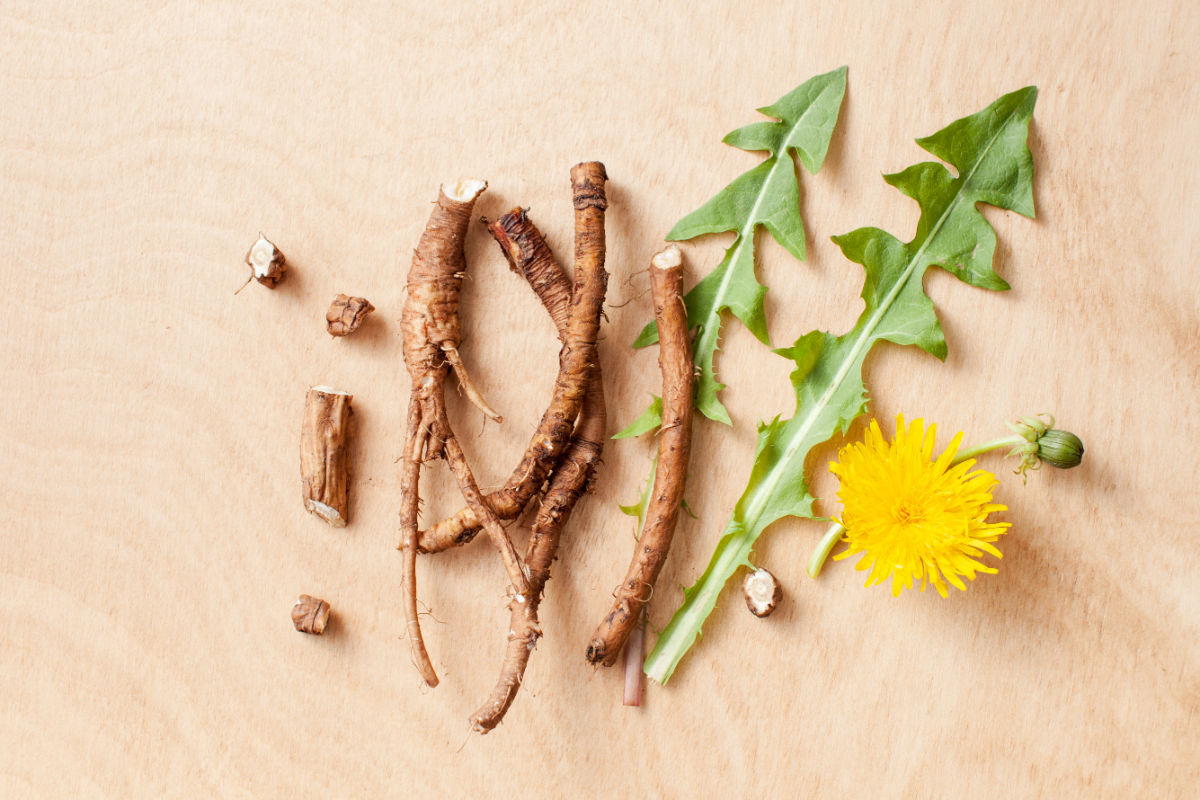
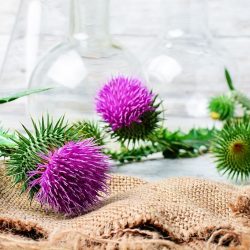
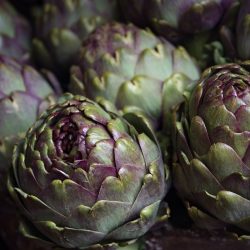
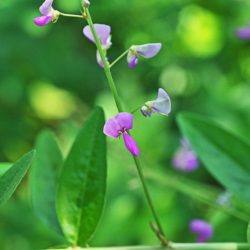
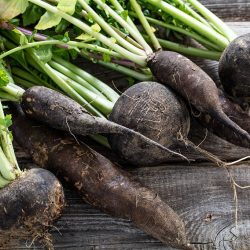
I love the products! I’ve been using for about a year now for my mood and it really has helped. I notice when I run out. Highly recommend.